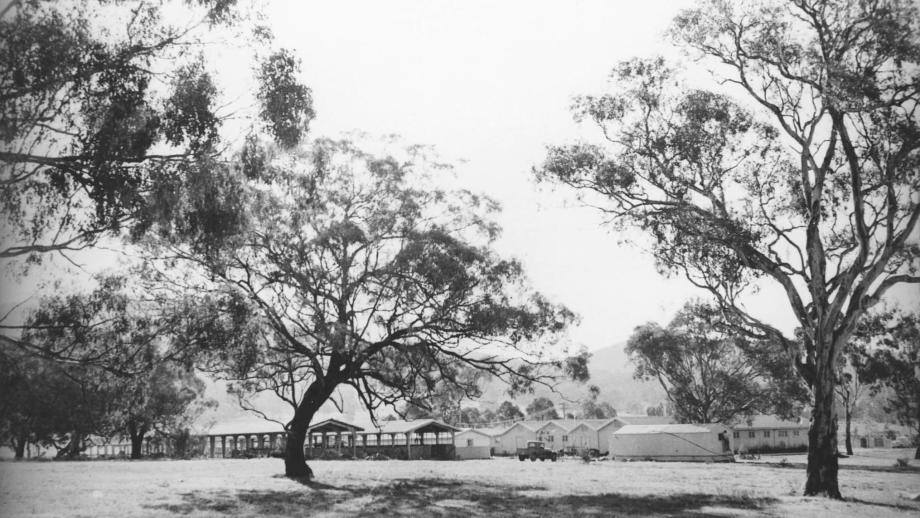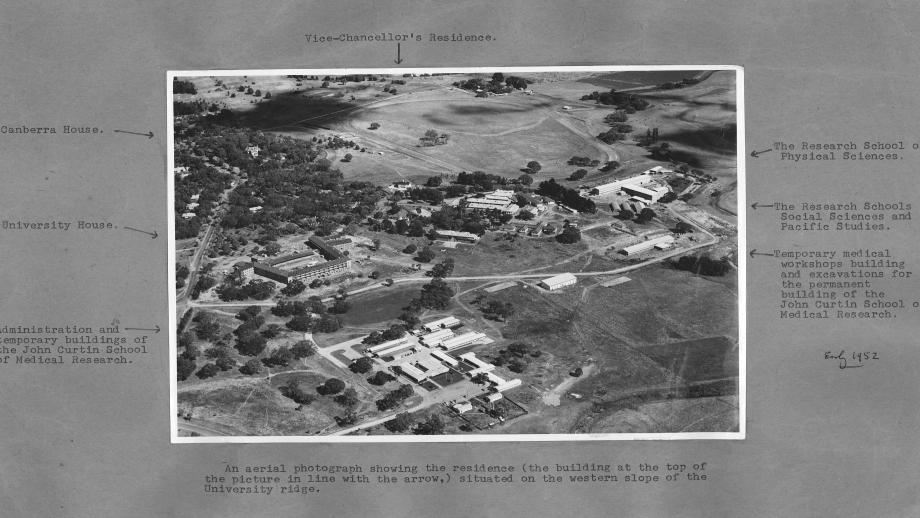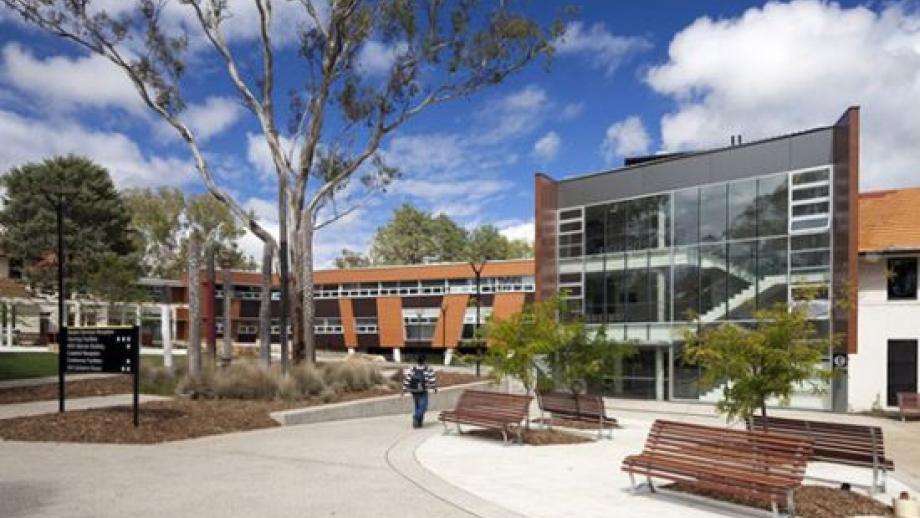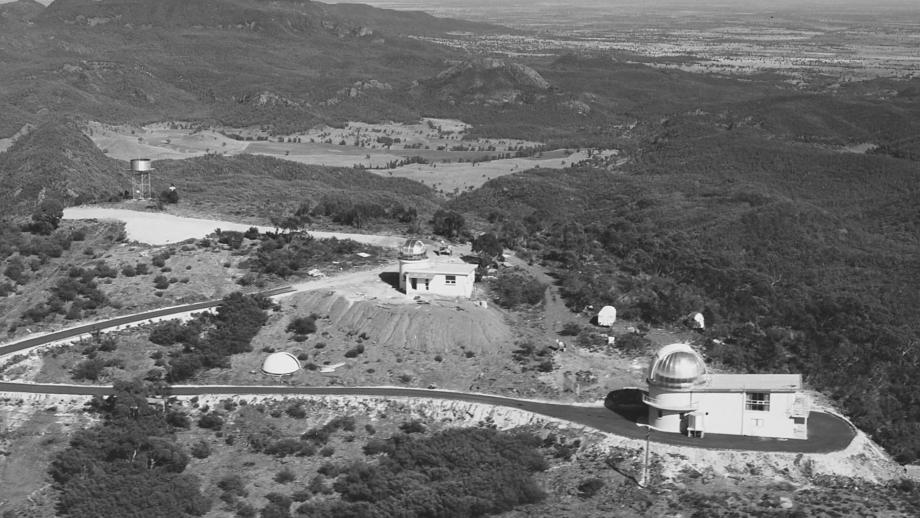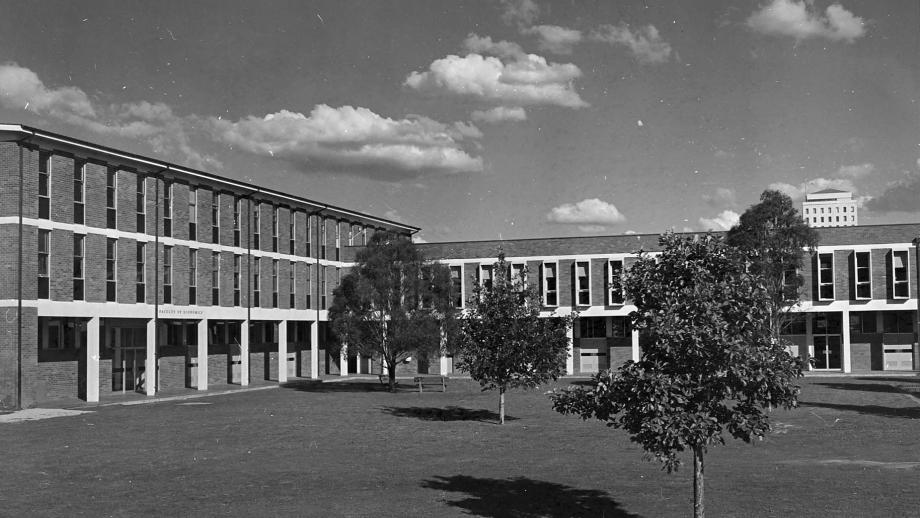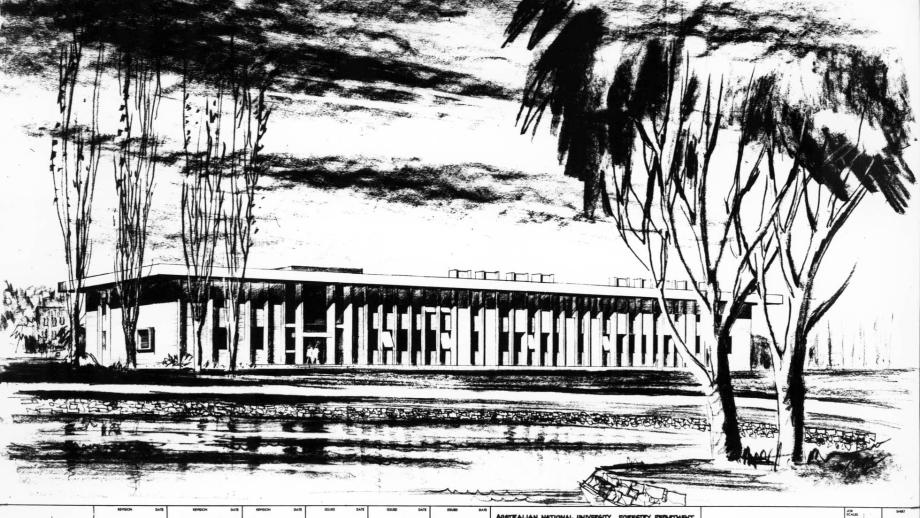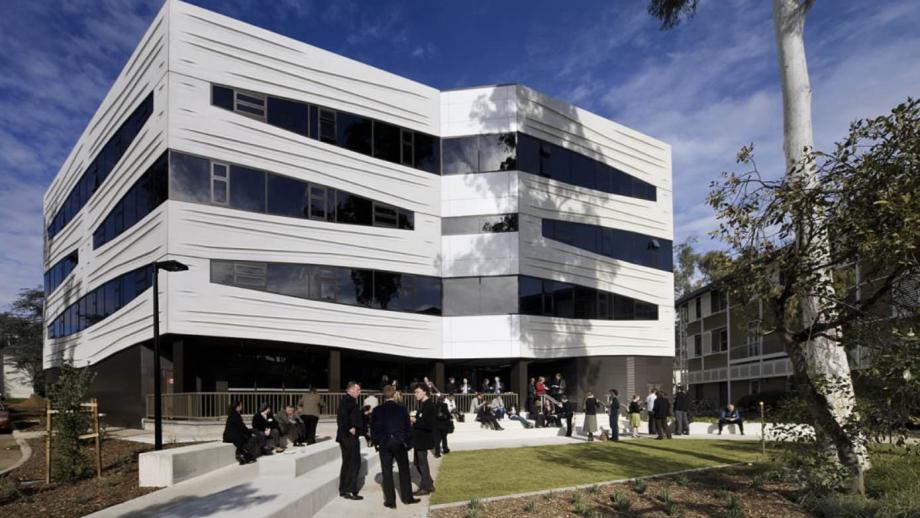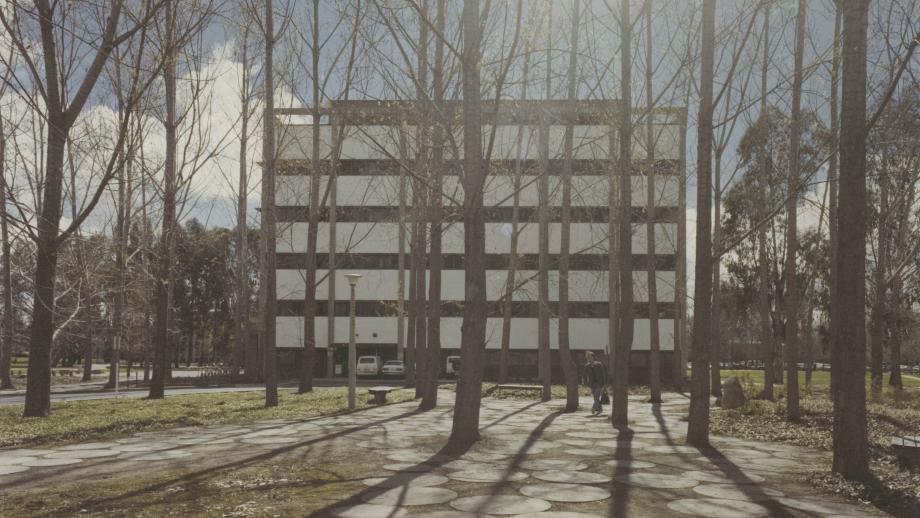Building Australia's National University: 75 Years of the Australian National University
In August 1946 the Australian National University Act 1946 was passed, establishing the ANU as the only Australian university instituted by a Commonwealth Act of Parliament.
Following the passing of the Act, an Interim Council appointed the first Vice-Chancellor, economist Professor Douglas Copland, and the Academic Advisory Committee, consisting of Nobel Prize winner Sir Howard Florey, physicist Professor Mark Oliphant, historian Keith Hancock and anthropologist Professor Raymond Firth. The Easter Conference brought together members of the Interim Council, the Academic Advisory Committee, the Vice-Chancellor and academics from across Australia. Professor Brian Bannatyne Lewis, the foundation chair of Architecture at the University of Melbourne, was appointed as consultant site and building architect. It was determined that the University would initially consist of four research schools comprising 22 departments. These schools were the John Curtin School of Medical Research, Research School of Physical Sciences, Research School of Social Sciences and Research School of Pacific Studies.
A 250 acre site in Acton was set aside for the development of the future university, on what is the traditional land of the Ngunnawal and Ngambri peoples, who have inhabited the region for over 20,000 years. In the 1820s two pastoral properties were established on the land that is now home to the University. These properties were known as Acton and Springbank. Acton occupied 1,000 acres of what is now part of the eastern side of the campus. Both properties were resumed by the Commonwealth in 1911-12, with Canberra having been chosen to be the new federal capital in 1911.
Construction on the university’s administration buildings and first research facilities and laboratories began in the early 1950s. This work occurred in two phases, beginning with the administration buildings followed by temporary laboratories for the John Curtin School of Medical Research and the Department of Geophysics. These “temporary” structures existed for over 40 years, with a few surviving to this day, having been adapted for use as staff offices.
The University developed at a rapid pace, particularly throughout the 60s following the amalgamation of the ANU with the Canberra University College in 1960, a development which saw an additional 138 acres added to the University's footprint.
As well as significant development of the Acton Campus, the University also acquired and developed other campuses and facilities. The University took over management of the Commonwealth Solar Observatory (now known as Mount Stromlo Observatory) on the outskirts of Canberra in 1957 and developed the New Guinea Research Unit in Port Moresby in 1961, Siding Spring Observatory near Coonabarabran in 1965 and Northern Australia Research Unit in Darwin in 1973. In 1975 Joy London bequeathed her Kioloa property to the ANU for the purpose of teaching and research in the field sciences, and the Kioloa Coastal Campus was established on the NSW South Coast.
More recently, the University has developed the City West Precinct through the ANU Exchange Project, closing the gap between the city and the University and constructing four student accommodation lodges to house 3,000 students. However the most significant development of the Acton Campus in recent years has been the transformation of the University Avenue and Union Court areas through the development of the Kambri Precinct, which opened in February 2019. Kambri, a name meaning 'meeting place', incorporates the Marie Reay Teaching Centre, Di Riddell Student Centre, the new Fenner Hall residential hall, Lowitja O'Donohue Cultural Centre incorporating amBUSH Gallery, Pauline Griffin Health & Wellbeing Centre, retail and food outlets, and an amphitheatre and walkways located alongside Sullivans Creek.
This online exhibition explores the history and development of the Acton Campus from its establishment to the present day and highlights many of the campus' most significant buildings.




